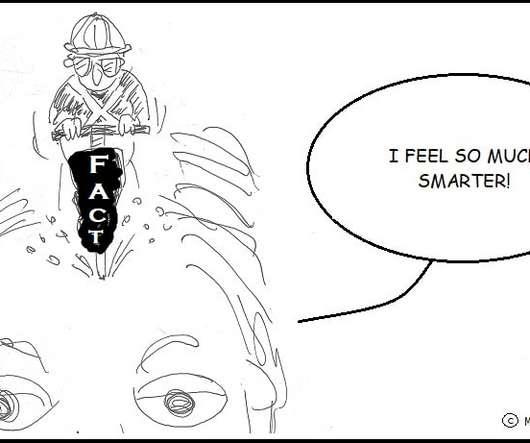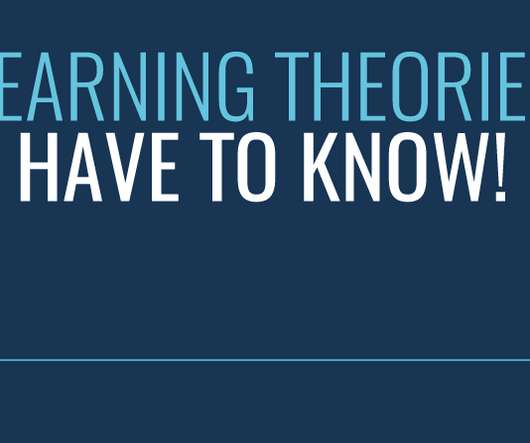Shallow or Deep
Clark Quinn
MARCH 31, 2020
This site talked about brain science, and says they know about ed psych, cognitive research, but also neuroscience. Going deeper, they’re talking Bloom’s Taxonomy, and dopamine. After that myths piece, and the post by an ‘authority’ in the field, I came across another. And that’s not promising.




























Let's personalize your content